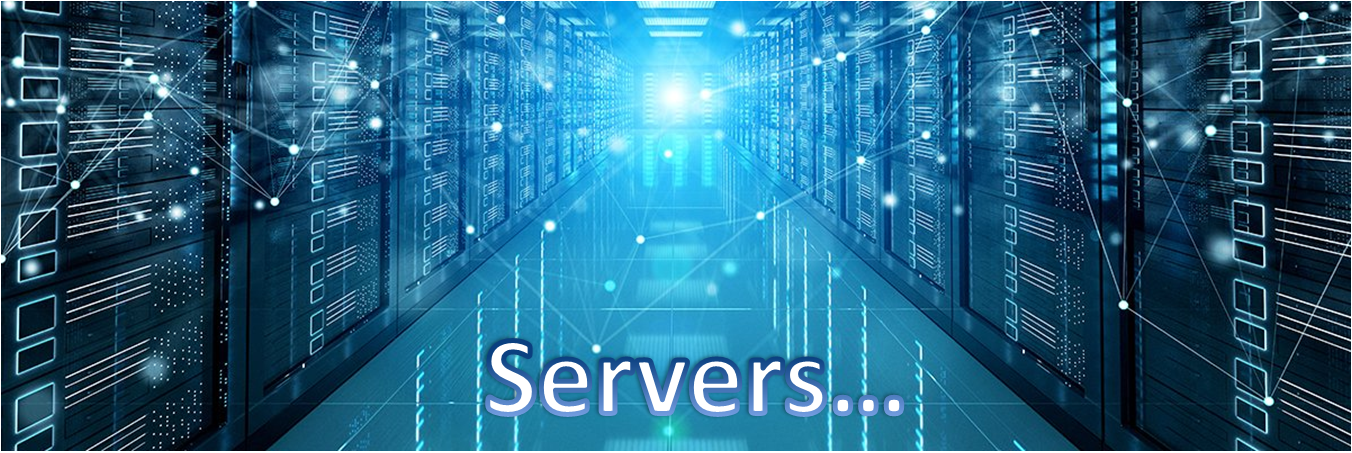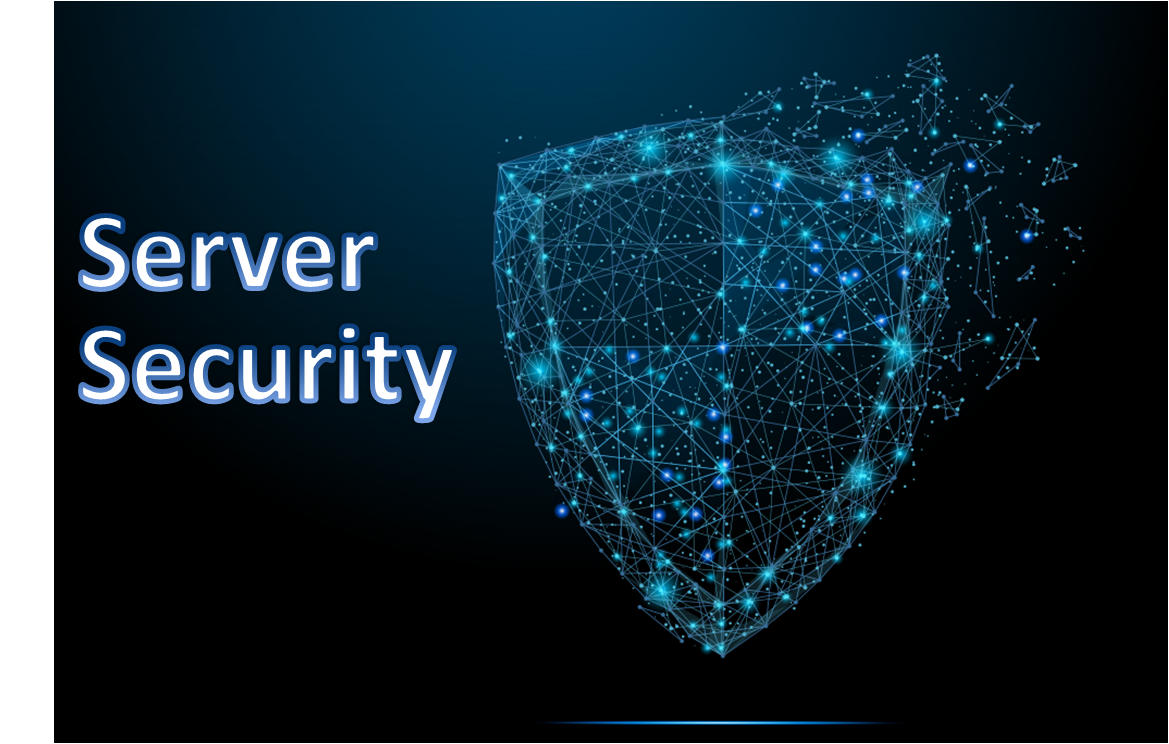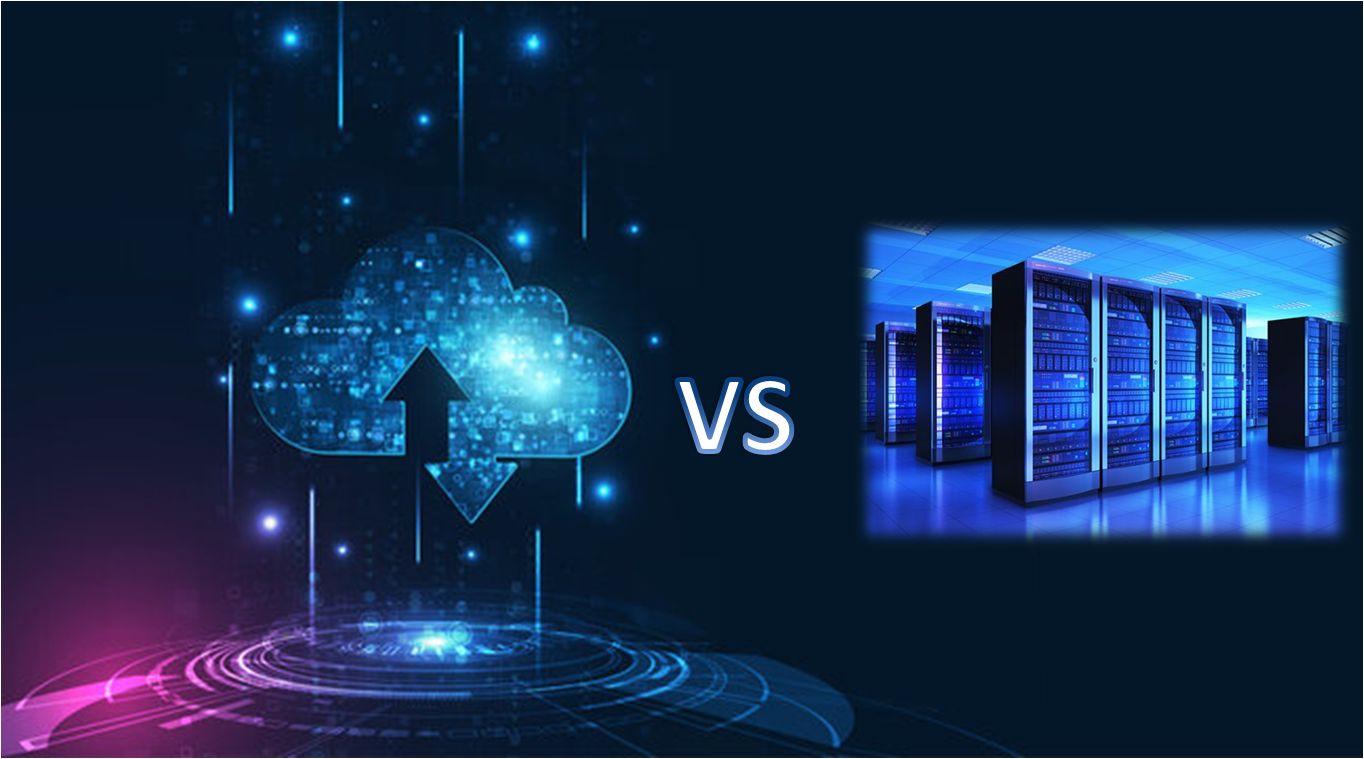A server is a computer or a software program that provides services or resources to other computers. Servers can provide various services, including web hosting, email, file sharing, database management, and application hosting.

Servers can be classified into different categories based on their function, including:
- Web servers: Web servers that host websites and serve web pages to users who access them through a web browser.
- Mail servers: These servers manage and deliver email messages between users on a network. They handle tasks such as sending, receiving, storing, and managing email messages.
- File servers: File servers are used to store and manage files, documents, and data in a centralized location, making them accessible to users on a network.
- Database servers: Database servers host databases and allow users to store, manage, and access data.
- Application servers: Application servers host applications and provide services to other computers or devices on a network.
- Cloud servers: A cloud server is a virtual server instead of a physical one running in a cloud computing environment.
Components of a Server.
Physical servers are made up of the following parts:
- Motherboard: A motherboard connects all parts of a server. A motherboard's size dictates the amount of storage and the number of hard drives that can connect to a server.
- Central Processing Unit (CPU): The CPU controls the overall functions of a server. It's the center for all processing within a server device. CPUs are measured by processing speed.
- Memory: This part of a server dictates the amount of storage available. Memory needs to be compatible with the motherboard.
- Hard drives: A hard drive stores user and software data for a computer. It uses a controller card for optimum processing functions.
- Network connection: A server needs to connect to a network to function. A good network connection will ensure a server can receive and respond to user requests.
- Power supply: Servers that provide data to large numbers of clients need an immense power supply than a typical personal computer. Most servers need a power supply of at least 300 watts.
Virtualization server.
A virtualization server is a type of server that allows you to create multiple virtual machines (VMs) on a single physical server. These virtual machines are like separate, independent computers that can run their own operating systems and applications.
Server Security.

Server security refers to protecting servers from unauthorized access, data breaches, and other security threats. Servers are critical components of IT infrastructure that store, process, and manage sensitive data, applications, and services.
Here are some key aspects of server security:
- Access Control: Securing Server Access to Authorized Users
- Patch Management: Keeping Servers Up-to-Date with Security Updates
- Firewall and Network Security: Protecting Servers from Network-Based Attacks
- Encryption: Safeguarding Data on Servers with Encryption Technologies
- Monitoring and Auditing: Detecting and Responding to Security Incidents
- Backup and Disaster Recovery: Ensuring Business Continuity for Servers
- Security Best Practices: Essential Measures for Server Security
- Vendor and Third-Party Management: Ensuring the Security of External Services
Cloud servers
Cloud servers are virtual (not physical) servers running in a cloud computing environment that can be accessed on demand by unlimited users.
Cloud servers work just like physical servers and they perform similar functions like storing data and running applications.
There are three main types of cloud servers: Here's a brief overview of each type:
- Infrastructure-as-a-Service (IaaS): It's like renting virtual computers over the internet, where you have full control over the operating system and applications running on those virtual computers. It's suitable for those who want more control and customization.
- Platform-as-a-Service (PaaS): It's like a cloud-based platform that provides tools and services for building and deploying applications without having to worry about managing the underlying infrastructure. It's ideal for developers who want a streamlined development environment.
- Software-as-a-Service (SaaS): It's like using software applications over the internet without having to install or manage them locally. It's fully managed by the service provider, and you access the applications through a web browser. Examples include cloud-based email, CRM software, and collaboration tools.
In summary, IaaS gives you more control, PaaS simplifies development, and SaaS offers fully managed applications.
Overall, cloud servers offer a flexible, cost-effective, and efficient solution for computing needs, empowering businesses and individuals to leverage the power of the cloud for their applications and services.
Difference B/w Cloud Server and Enterprise Data-Center Server

| Feature | Cloud Server | Enterprise Data-Centre Server |
|---|---|---|
| Infrastructure | Virtualized computing instances hosted on a cloud computing platform | Physical facilities housing computing equipment |
| Scalability | Highly scalable, on-demand resource allocation | Scaling may require time, effort, and cost for adding or removing physical servers |
| Management | Managed by the cloud service provider | Management and maintenance are done by the enterprise who owns the data center. |
| Cost | Pay-as-you-go model, cost based on resources consumed | The upfront investment and ongoing costs are more predictable |
| Control | Limited control over server configurations and management tasks | More control over server configurations and management tasks |
| Deployment Speed | Rapid provisioning and deployment | May require more time to set up |
| Innovation | Regular updates with the latest features | Dependent on the organization's upgrades |